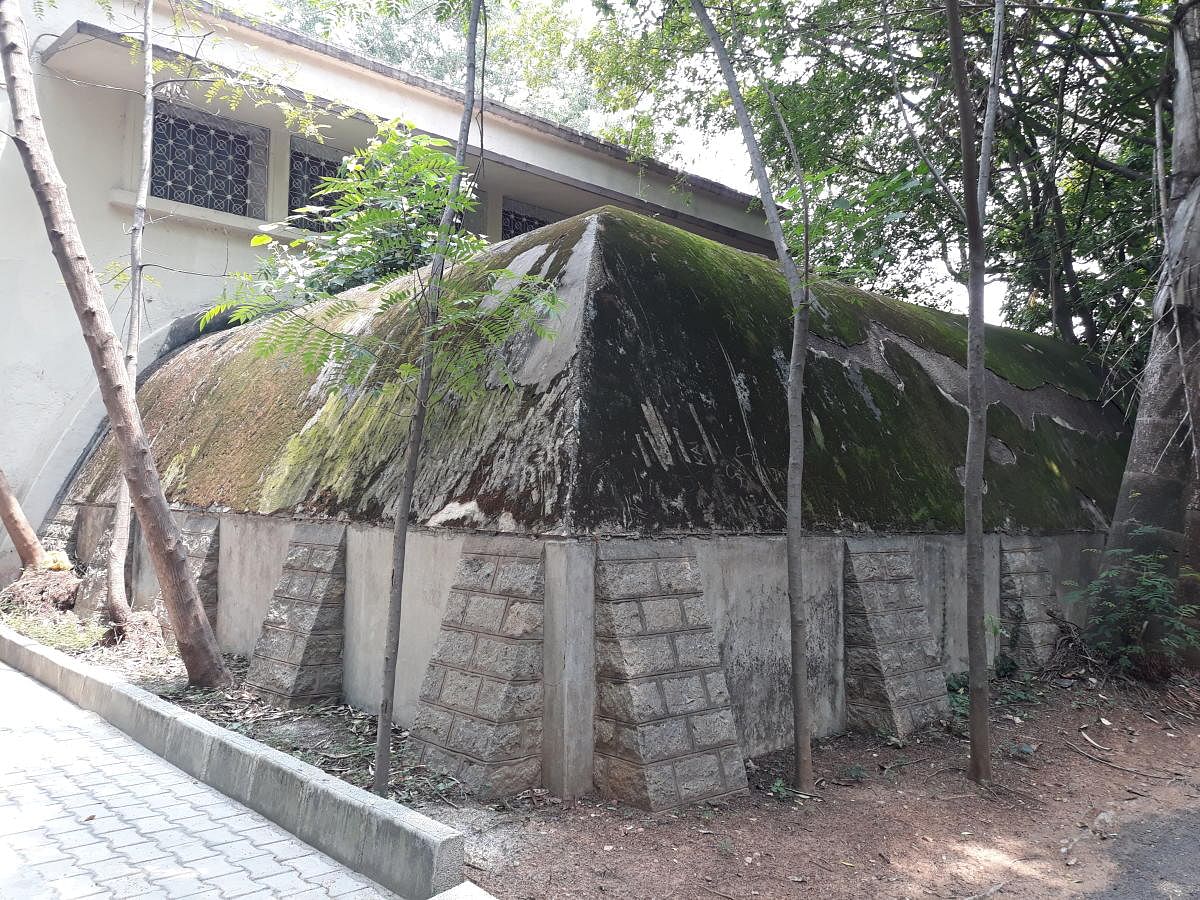
Some stories are narrated by humans, some by nations and some by structures. The buildings in Bengaluru are the treasure trove of untold tales. Otto Koenigsberger who spoke an unconquerable legacy through his minimalistic style of architecture in the city’s buildings.
The Second World War forced the Jews to migrate from Germany and one among them was Otto Koenigsberger. The emigrant soon landed in India and found a job as an architect. Under the influence of Max Born, a renowned physicist, he rose to the position of chief architect and planner of the Mysore kingdom. He was the co-founder of India’s first architecture and design periodical, Marg. He made it his conviction to utilise that region’s indigenous materials for his construction and devise strategies to construct buildings conducive to the climate of the area. All of his architecture reflects a fusion of Western elegance and Indian grandeur, which transformed into a unique style of architecture.
During his stint in the city, he has been part of three significant projects: The Bangalore City Bus Terminal (1940), the Krishna Rao Pavilion (1941) and the Municipal Swimming Pool (1940). The only surviving witness to his architectural trail among these constructions is the Krishna Roa Pavilion.
The pavilion stands in the Krishna Rao Park at Basavangudi. It is a two-storey building with an external staircase and a dome capping it. After several renovations, the building with its new terracotta form stands at the heart of the park. Though was not used, the building became a room for waste and polythene covers standing against the plaque, which bears the details of the building’s legacy. Educating the masses would instill a sense of responsibility towards structures of historic importance.
Another remarkable contribution of Koenigsberger was designing four sections in the Indian Institute of Science (IISc). The Aerospace Engineering department, the Metallurgy department, a dining hall and a hydrogen plant.
Legacy awaiting farewell
In 1942, he raised a structure in the Aerospace Engineering Department which became the country’s first closed-circuit wind tunnel. He gave the walls a pastel tone, built a classic entrance with wide wooden doors leading towards the tunnel and a striking wing-shaped structure that slopes over the main entrance which accentuates its vintage charm interwoven with a traditional touch.
This evident passage of time captured in a Kodak moment does not however bear witness to the subsequent deterioration of the building that should have ensued way into its 75th year of existence. The massive well-designed windows that adorn a substantial part of the right wall of the building is quite regal and they are a fusion between double-hung windows and broader jalousie windows (a style of the mid-20th century).
The style of architecture that he employed in this building can only be described as austere with traditional structures like chajjas (overhangs) and jallis (grills). Koenigsberger baffled scientists and architects alike, that when he created the nation’s first and largest wind tunnel with no prior experience or knowledge about the functioning of a wind tunnel.
Professor Surendranath of IISc views that the Department of Aeronautical Engineering presently functions in the newly constructed building and goes by the name Department of Aerospace Engineering. But the cutting-edge experimental equipment and space constraints have effectively thrown a veil over this time-honoured wind tunnel.
Legacy is something that cannot be recovered once ruined, and it is a void that the new and modern cannot fathom to fill. These buildings of yore with their irrevocable charm take their place in the history of the city.
